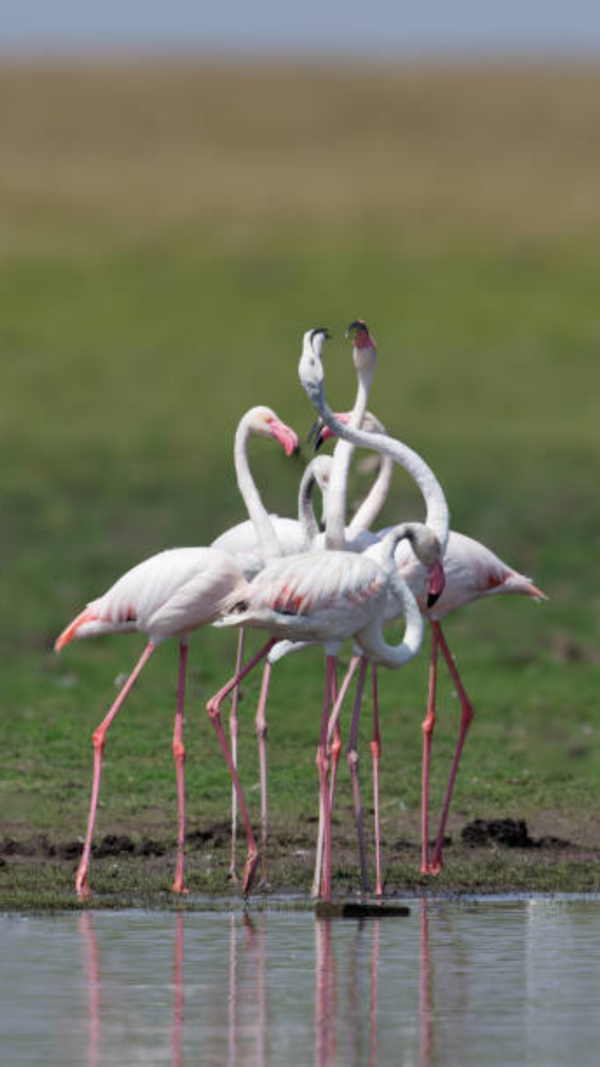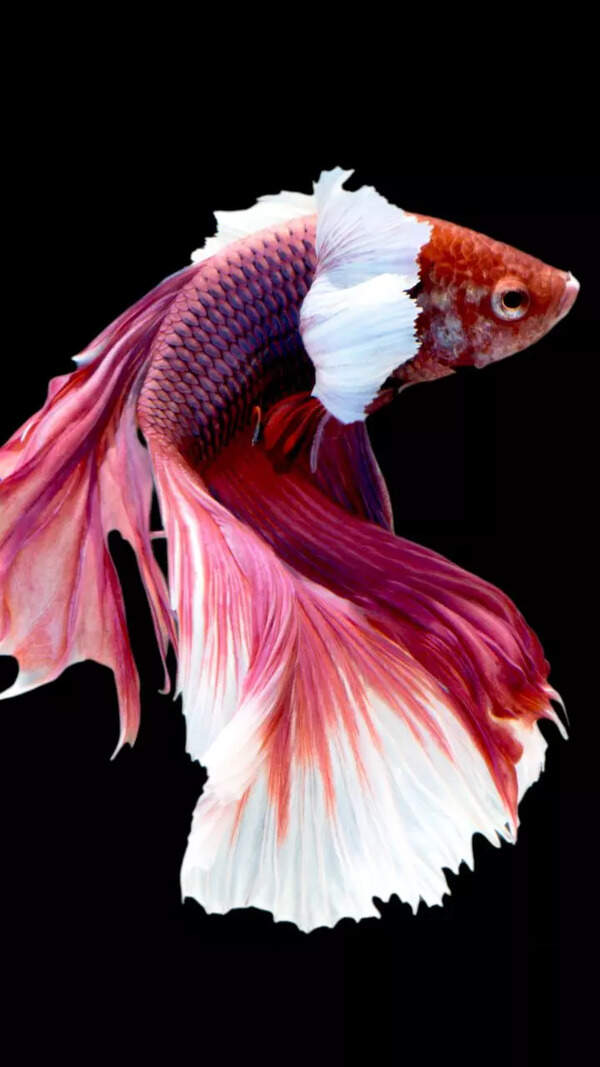- News
- lifestyle
- health-fitness
- health-news
- From complexion to weird nail growth: 6 unusual signs that our body is screaming for more iron
From complexion to weird nail growth: 6 unusual signs that our body is screaming for more iron

Who should watch out more?
Iron is essential for making hemoglobin, the protein in red blood cells that carries oxygen. But when the body runs low on this mineral, it starts making subtle and often strange adjustments. These changes are easy to miss – or worse, get wrongly blamed on other causes like stress, ageing, or poor sleep.
Here are 6 shocking signs that the body may be iron-starved – and it's time to pay attention.

A face that looks unusually pale – or just... off
Doctors check the lower eyelids, gums, and even the inside of the lips for this. If these areas look less pink than usual, it might not be a skincare issue but a classic sign of iron deficiency anemia.

Weird cravings – chewing ice, clay, chalk or even paper
This one’s bizarre but very real. It's called pica – a condition where the body craves non-food items. The urge to chew on ice cubes constantly or munch on paper isn’t just a quirky habit. It’s linked to low iron levels.
Health experts believe it’s the brain’s way of signaling that something important is missing. While the exact reason behind this is still being studied, many cases have shown that these cravings ease once iron levels are corrected.

Hair falls in clumps, not just strands
Losing a few strands in the shower is normal. But when a brush starts collecting more hair than usual, it could be more than just a seasonal change. Iron plays a crucial role in hair growth. Without it, the hair follicles don’t receive enough oxygen, leading to thinning, breakage, and slow regrowth.
Sometimes, hair might appear dry or brittle. And when shampoos and oils don’t help, the root cause might be hiding in the bloodwork.

Nails that curve in like spoons or grow abnormally
Nails are often windows into internal health. In iron-deficientindividuals, nails can grow oddly thin, brittle, and in some cases, curved inwards like tiny spoons. This rare condition is known as koilonychia.
Instead of growing outwards, the nails dip in the center and may even crack easily. It’s a textbook sign of long-standing iron deficiency and should never be ignored, especially when seen along with fatigue or poor skin tone.

A constantly sore or swollen tongue
A tongue that feels unusually smooth, sore, or swollen might be reacting to low iron levels. Sometimes, it becomes shiny, red or develops tiny cracks on the surface. Even the taste buds might feel dull, making food taste a bit different.
This condition is called glossitis, and it’s one of the more hidden signs that often gets misdiagnosed as a minor infection or allergy. But when paired with other symptoms, it strongly suggests an iron issue.

Feeling breathless... even after mild activity
Running up stairs or walking fast shouldn’t leave a person breathless. But with iron deficiency, even minimal exertion can feel like a workout. That’s because without enough iron, the blood’s ability to carry oxygen drops, and the heart has to work harder to compensate.
This leads to a racing heart, shortness of breath, and sometimes even chest tightness. These symptoms may be mistaken for anxiety or poor fitness – when in reality, they could be early signs of iron deficiency anemia.

Who should watch out more?
Women, especially those with heavy periods, are more prone to losing iron regularly. Pregnant individuals, vegetarians, and people with gut conditions like celiac disease or IBD are also at higher risk. Children during optimal stages of growth and older adults with poor nutrient absorption should be extra cautious.
Even people with chronic conditions like kidney disease or cancer often face hidden iron deficiencies that worsen fatigue and quality of life.








